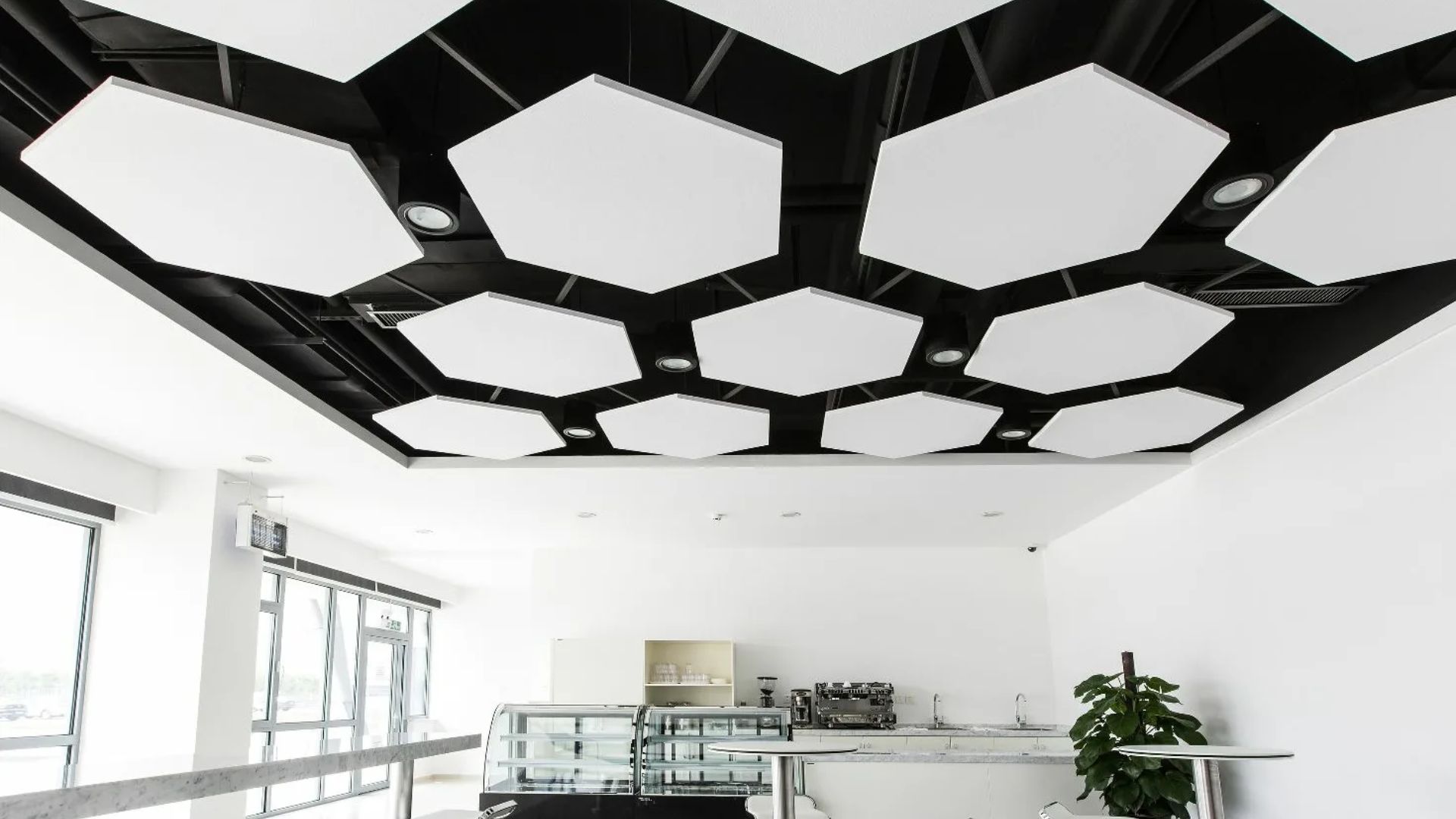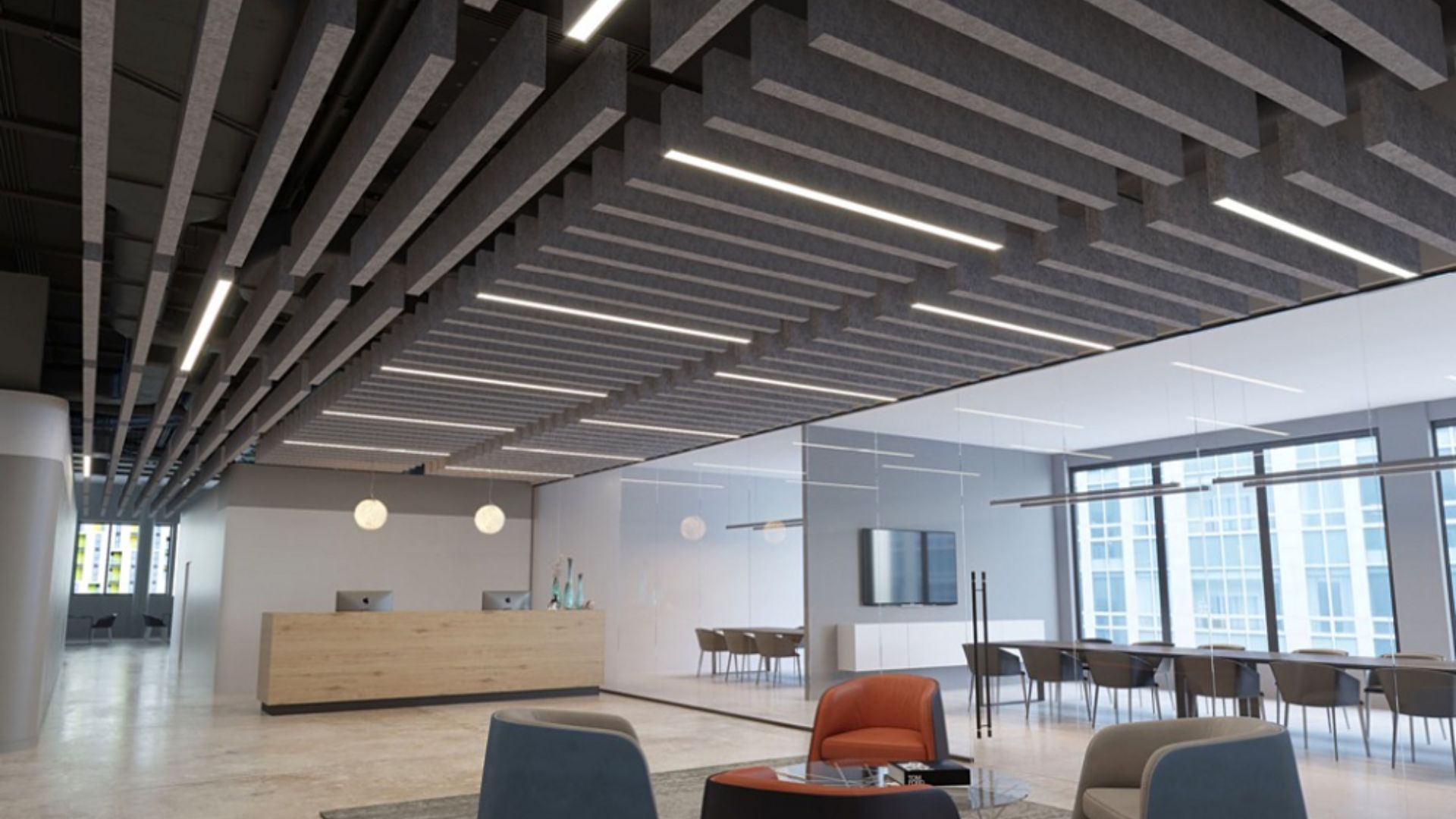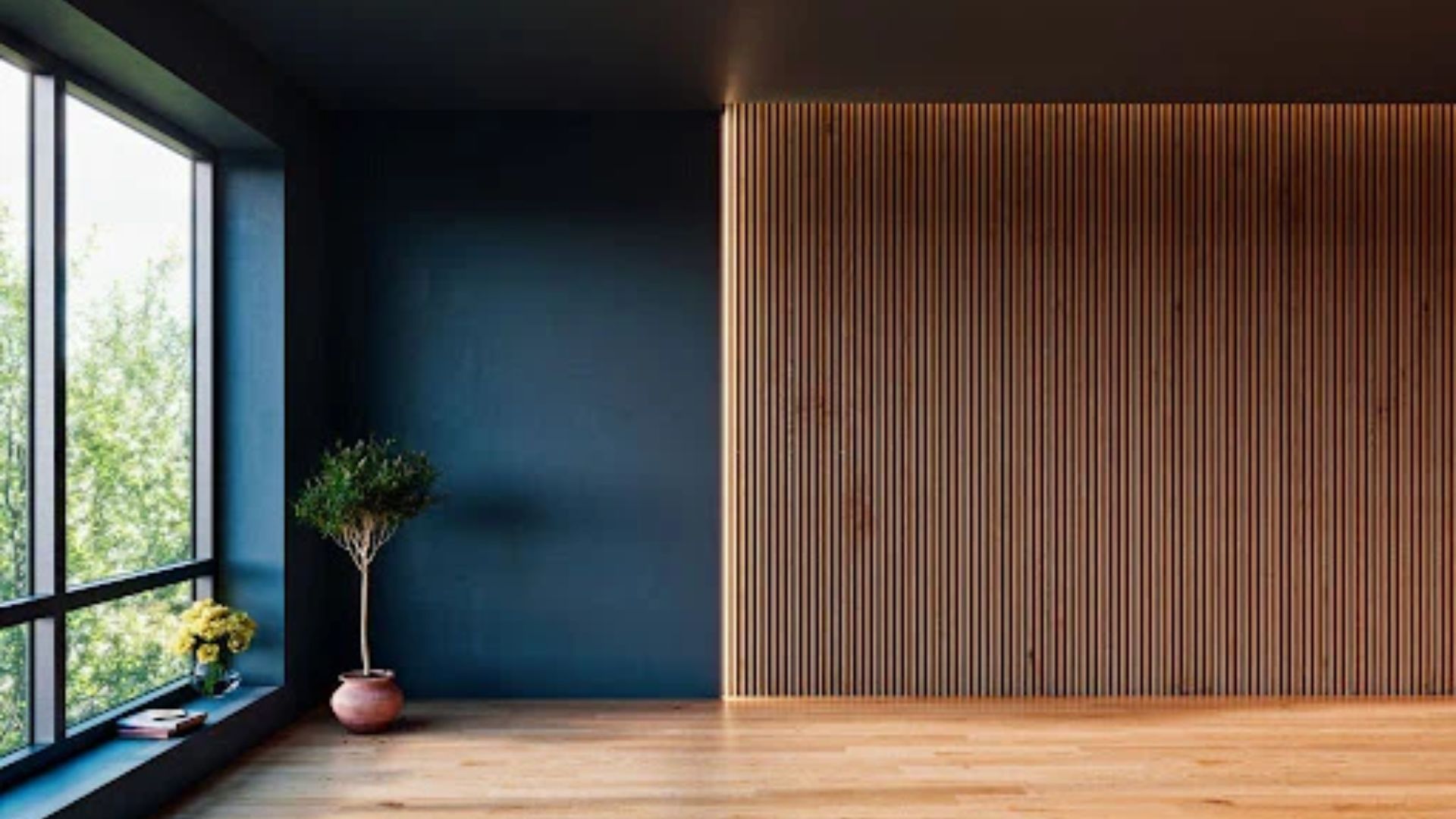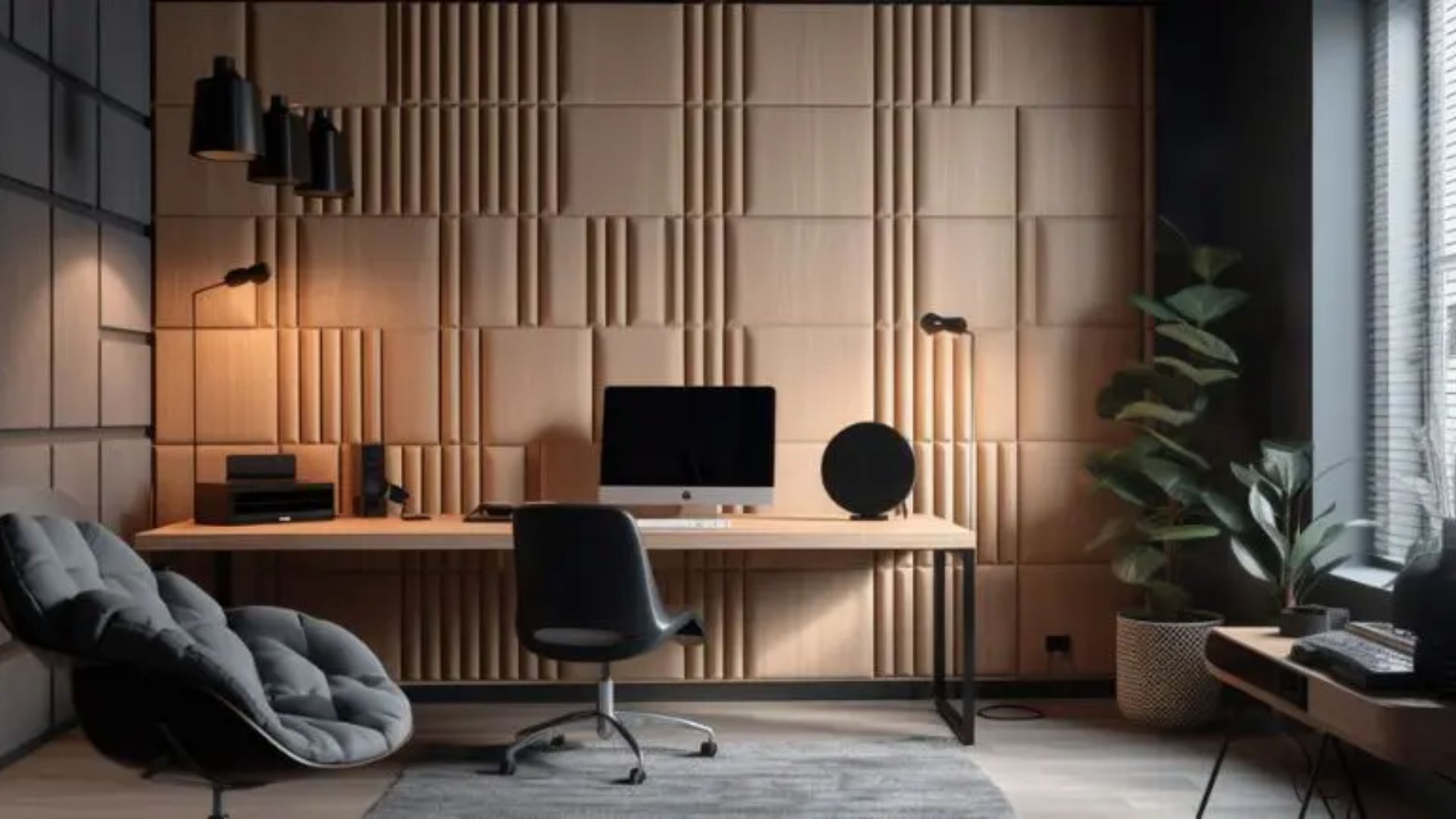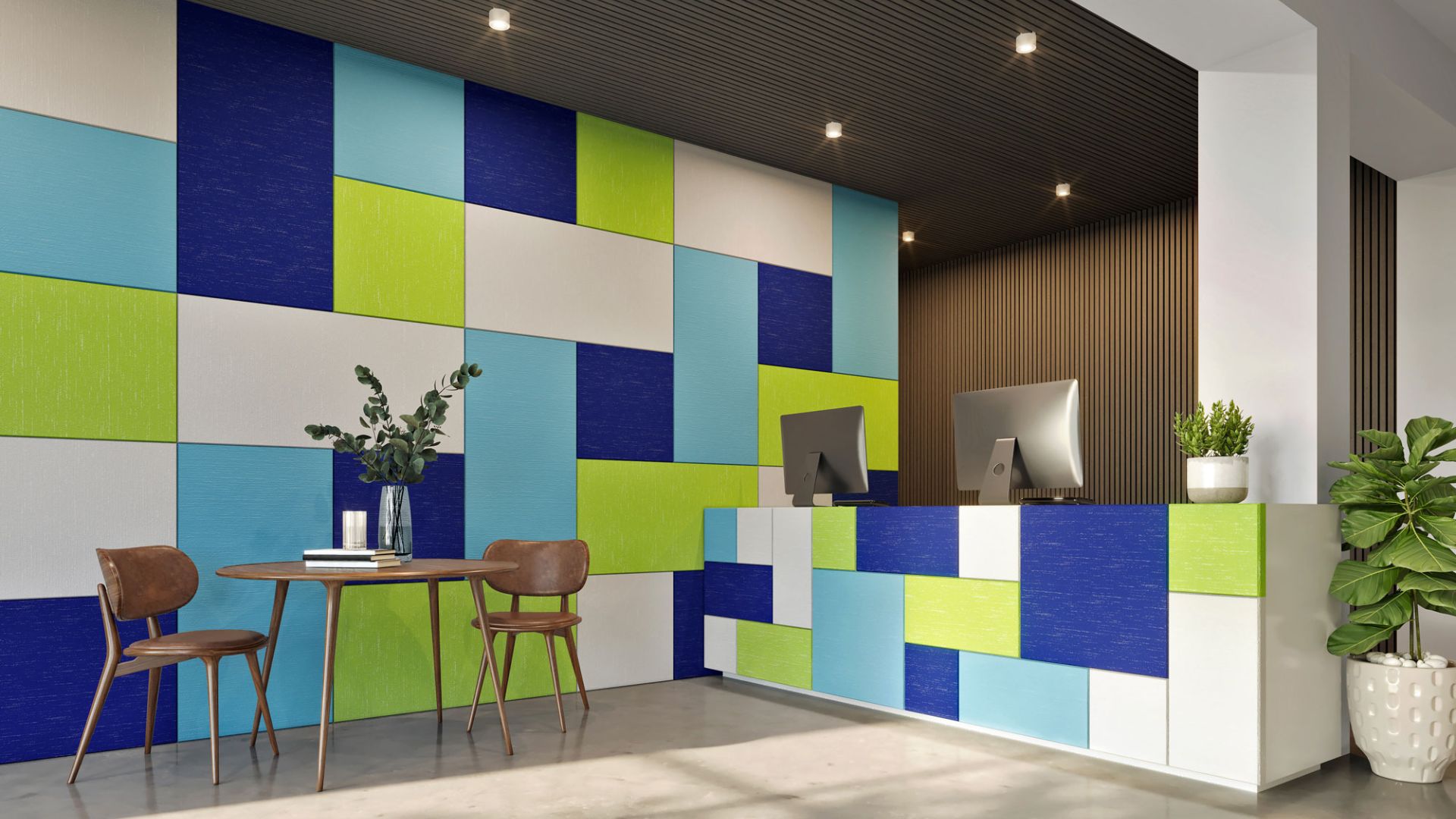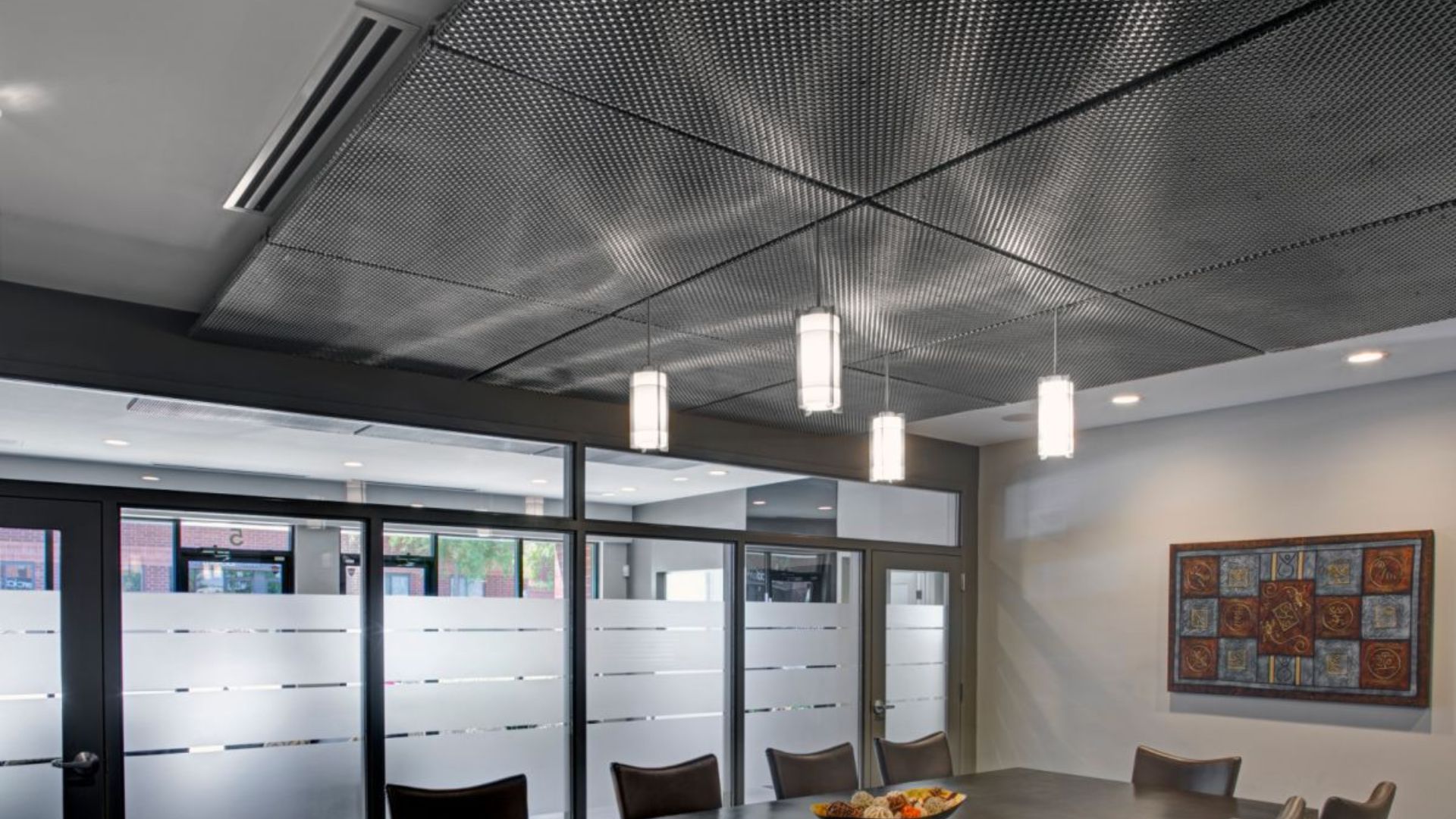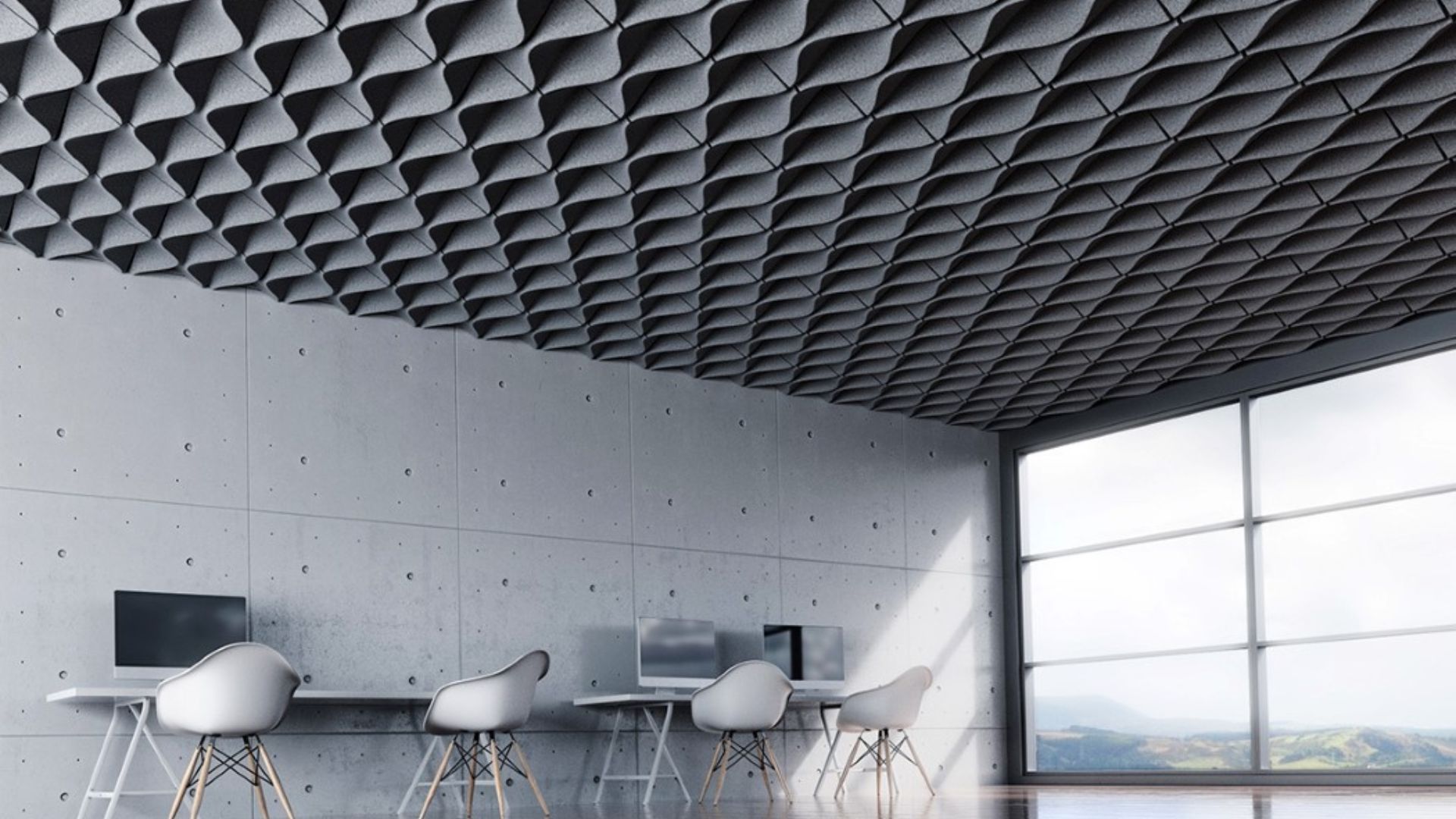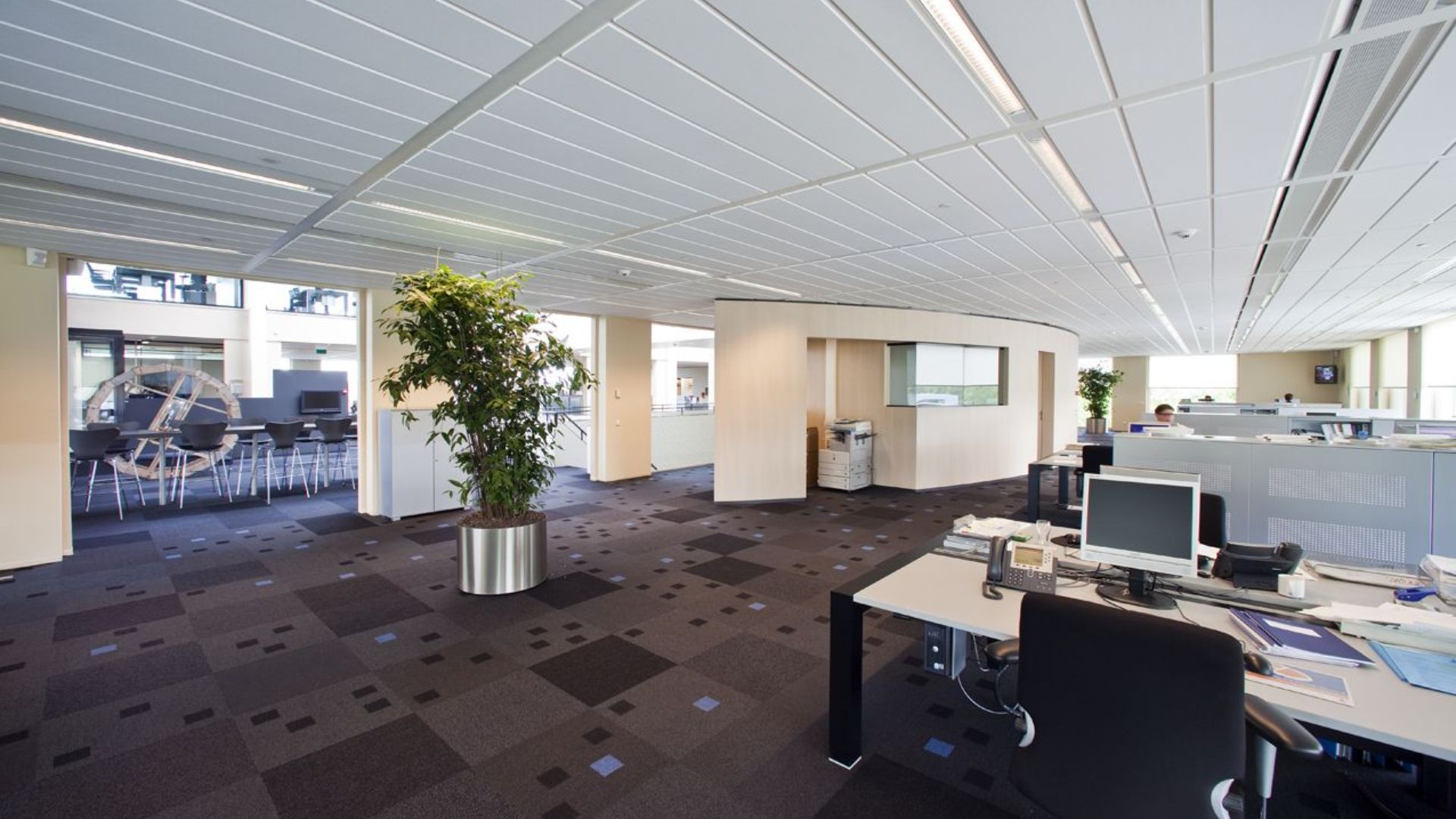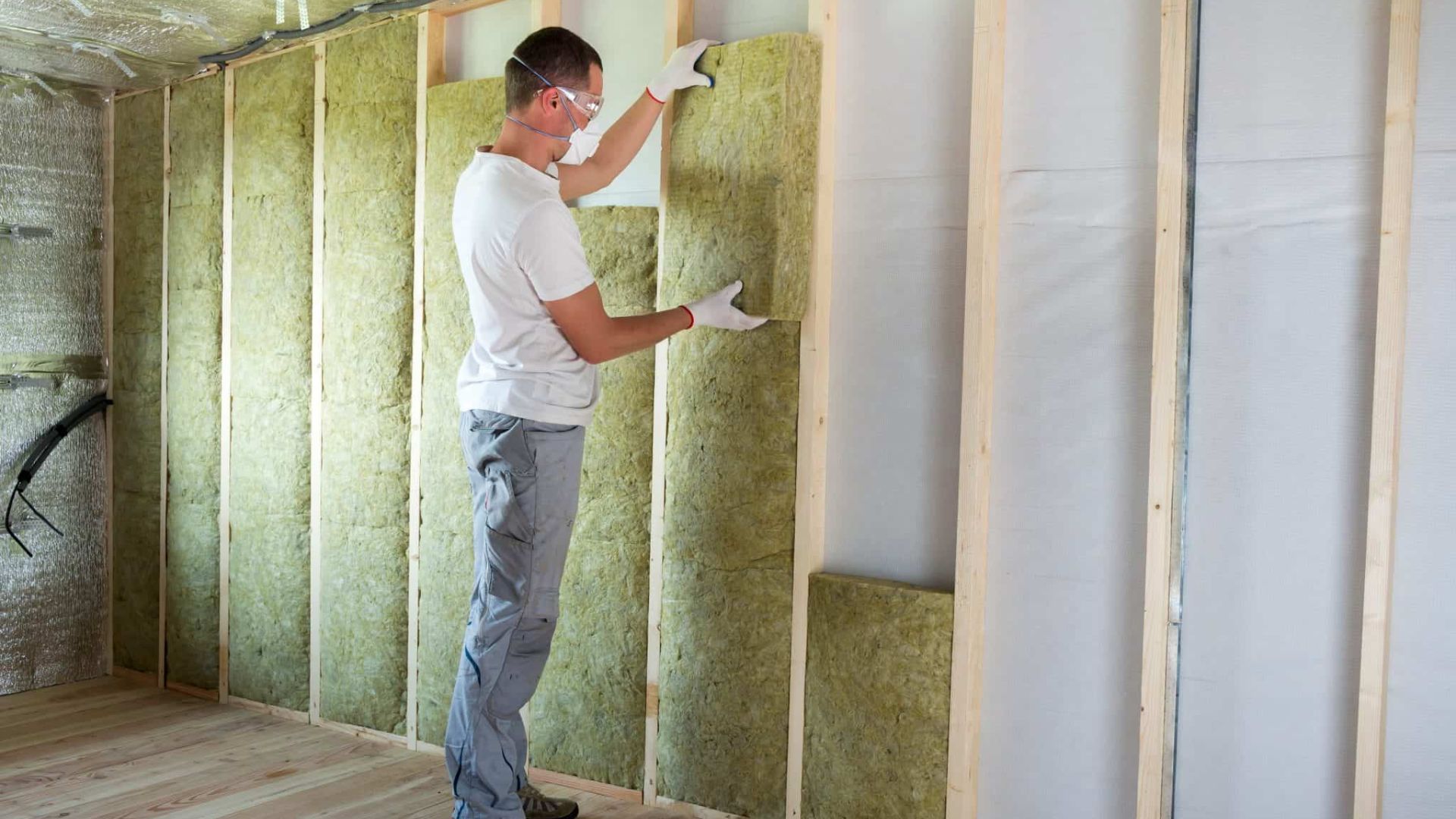Introduction:
In the world of interior design, the ceiling often remains an overlooked element. However, with the advent of innovative solutions like ceiling baffles, this once-neglected space has become a canvas for creativity and acoustic enhancement. Ceiling baffles are not only functional but also add a striking aesthetic element to any room. In this blog, we delve into the allure of ceiling baffles, exploring their benefits, applications, and how they seamlessly blend beauty with functionality.
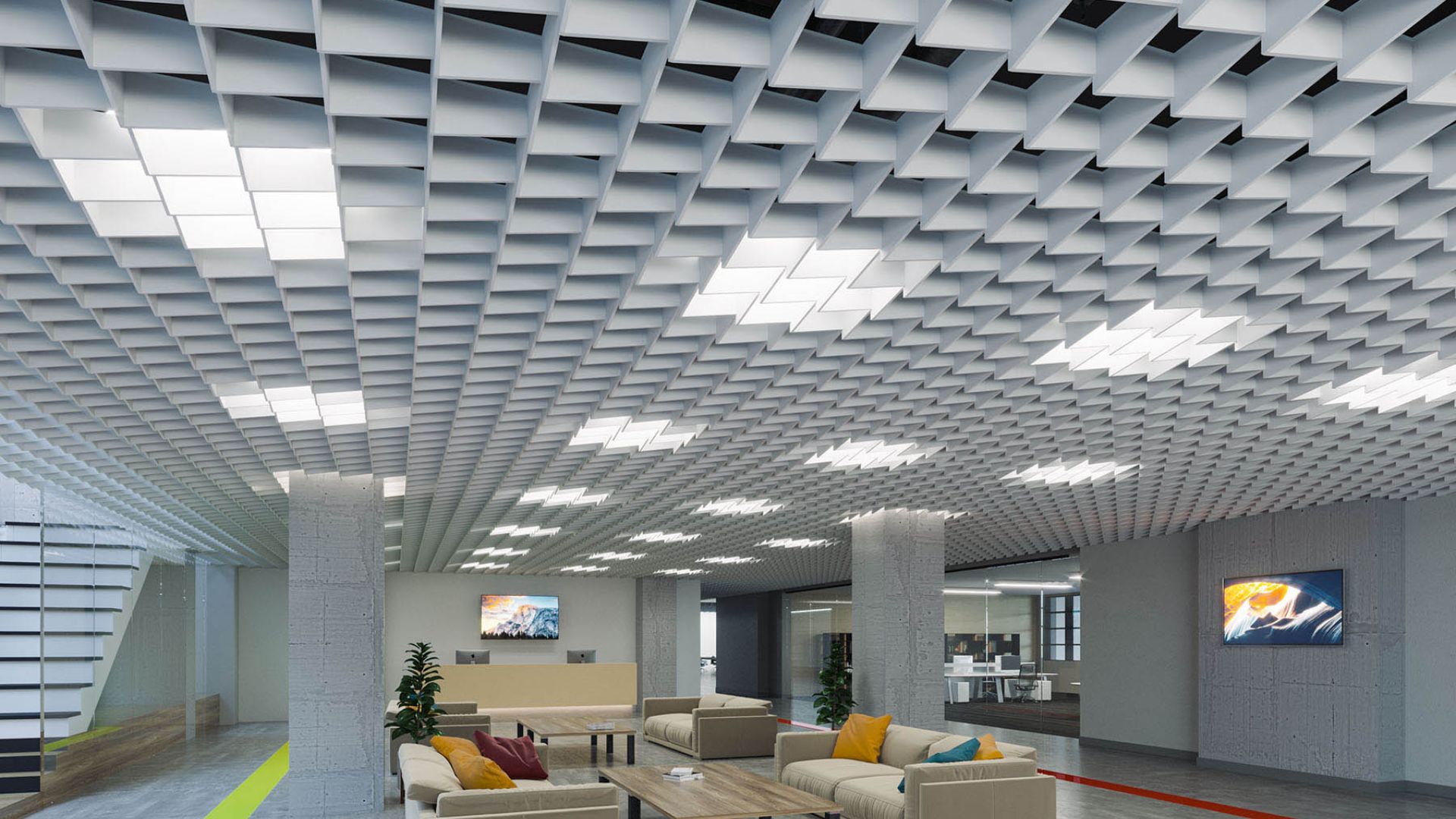
Understanding Ceiling Baffles:
Ceiling baffles are vertically suspended panels that hang from the ceiling, designed to improve the acoustics of a room by absorbing sound waves. These panels come in various shapes, sizes, and materials, making them a versatile choice for enhancing both the visual and auditory experience of a space. Typically made from materials such as foam, fabric, wood, or metal, ceiling baffles can be customized to fit the specific needs and design preferences of any environment.
The Acoustic Advantage:
One of the primary benefits of ceiling baffles is their ability to significantly reduce noise levels and control reverberation. In large, open spaces or rooms with hard surfaces, sound waves can bounce around, creating echoes and increasing noise pollution. Ceiling baffles absorb these sound waves, preventing them from reflecting off the ceiling and other surfaces. This results in a clearer, more comfortable auditory environment, which is particularly beneficial in settings such as offices, restaurants, schools, and auditoriums.
Aesthetic Appeal:
Beyond their acoustic benefits, ceiling baffles add a distinct visual appeal to interior spaces. Their suspended design creates a dynamic, three-dimensional effect that can transform the look and feel of a room. Available in a wide range of colors, textures, and patterns, ceiling baffles can be tailored to complement any design scheme. Whether used to make a bold statement with vibrant hues or to blend seamlessly into a minimalist setting, ceiling baffles offer endless possibilities for enhancing the aesthetic value of a space.
Versatility in Application:
Ceiling baffles are incredibly versatile and can be used in various settings to achieve both acoustic and aesthetic goals. In open-plan offices, they help create defined work zones and reduce noise distractions, fostering a more productive environment. In educational institutions, ceiling baffles improve speech intelligibility, enhancing the learning experience for students and teachers alike. In hospitality settings such as hotels and restaurants, they contribute to a pleasant ambiance by controlling noise levels and adding to the overall décor.
Sustainability and Design:
Many ceiling baffles are made from eco-friendly materials, aligning with the growing trend towards sustainable design. Recycled and recyclable materials, low-emission manufacturing processes, and the ability to improve indoor air quality by reducing noise pollution all contribute to their environmental benefits. Designers and architects can choose ceiling baffles that not only meet aesthetic and acoustic needs but also support sustainable building practices.
Installation and Maintenance:
Installing ceiling baffles is relatively straightforward and can be customized to fit the specific dimensions and requirements of a space. They can be suspended individually or in clusters to create various patterns and effects. Maintenance is typically minimal, requiring only periodic dusting or vacuuming to keep them looking their best and functioning effectively.
Conclusion:
Ceiling baffles offer a perfect blend of form and function, making them an ideal choice for modern interior décor. Their ability to enhance acoustics while adding a unique visual element makes them a valuable addition to any space. Whether you’re looking to create a quieter, more comfortable environment or to add an artistic touch to your interiors, ceiling baffles provide a versatile and stylish solution. Embrace the allure of ceiling baffles and transform your spaces from ordinary to extraordinary, enjoying the benefits of both beauty and tranquility.

